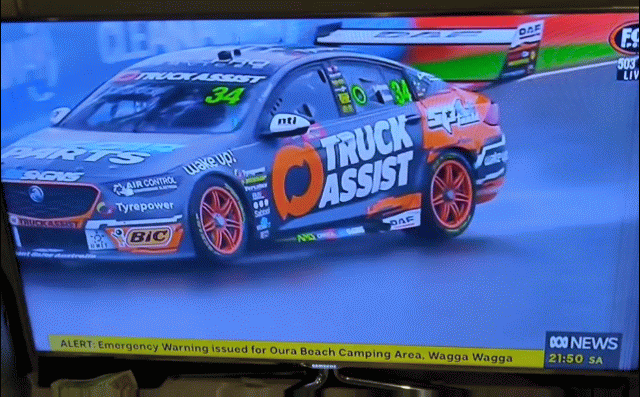I spotted this on TV the other day:

And made a mental note to find out where the tyres come from - coz that's some smart recycling.
I didn't find out, but I did drive past a truck with the name Tyrecycle today and it reminded me.
Tyrecycle collects 20 million used tyres each year, their "advanced rubber re-manufacturing" process means that 99% of the tyre rubber is salvaged for reuse.
Some of the uses include athletic tracks, adhesives, roads, and (maybe a little controversially) tyre-derived fuels, which are said to be lower emission than coal/gas/oil etc, but still chunky on emissions.
The cool story here is that someone work up one day and saw too many tyres being wasted. Recycling rubber tyres into raw rubber sounds like a pretty boring way to spend your work week, but I think this is so commendable. Tyrecycle have a strong sustainability policy, a huge presence in Australia, and a (seemingly) smooth process - what they do is needed and is in demand. They've even won an Innovation Award.
On the surface at least, this is an honourable business that the owner is likely pretty proud of. The CEO, Jim Fairweather, is the director of several waste and recycling associations in Australia, so I imagine it's a topic close to his heart.
One of many key players in turning items at the end of their life, into something that re-enters life at the early stages. It's the foundations of a circular economy.
Now the important stuff - whether you say it Tyre-Cycle or Ty-Recycle I dunno. Nifty name, but it's one of those combos where it's the perfect marriage in written form as long as you don't say it out loud. Like Even and Seven... they look like they should rhyme, but they don't!
For self-employed creatives, normal business traps are easy to fall into and overcomplicate things - but they’re totally avoidable when flying solo.
Learn how to keep things simple, enjoyable, and climate-smart in around 2 minutes a day by joining The Climate Soloist.